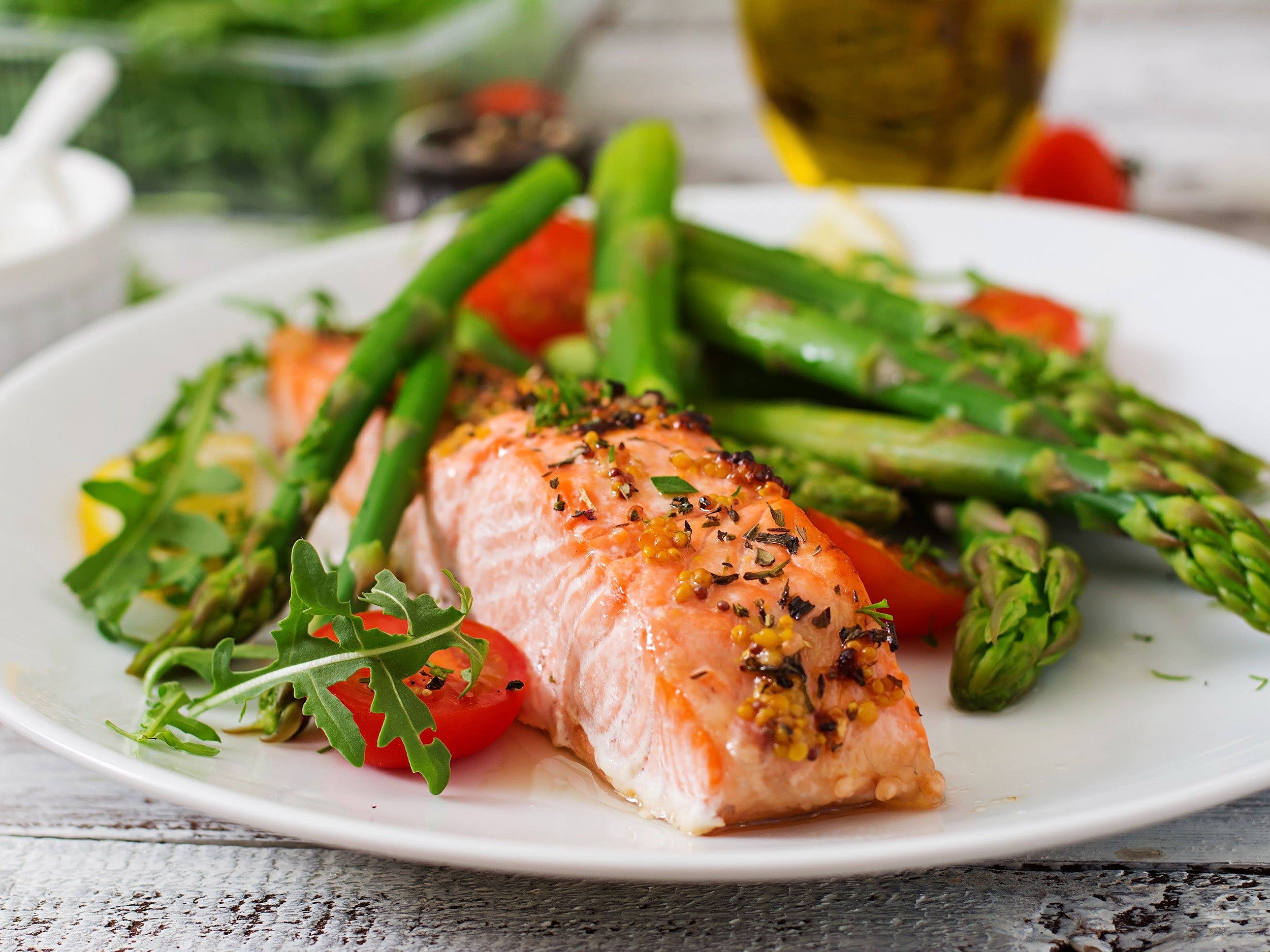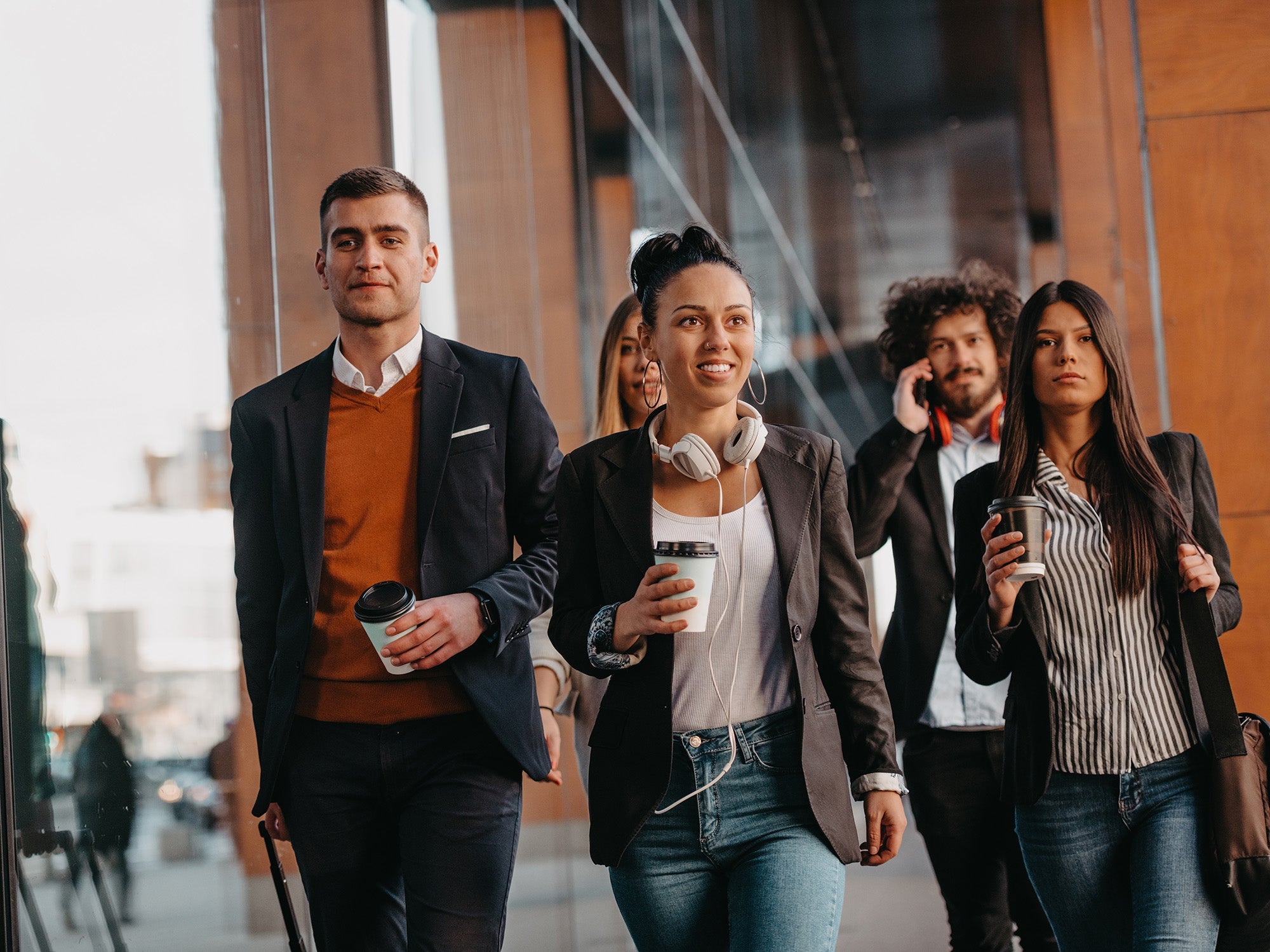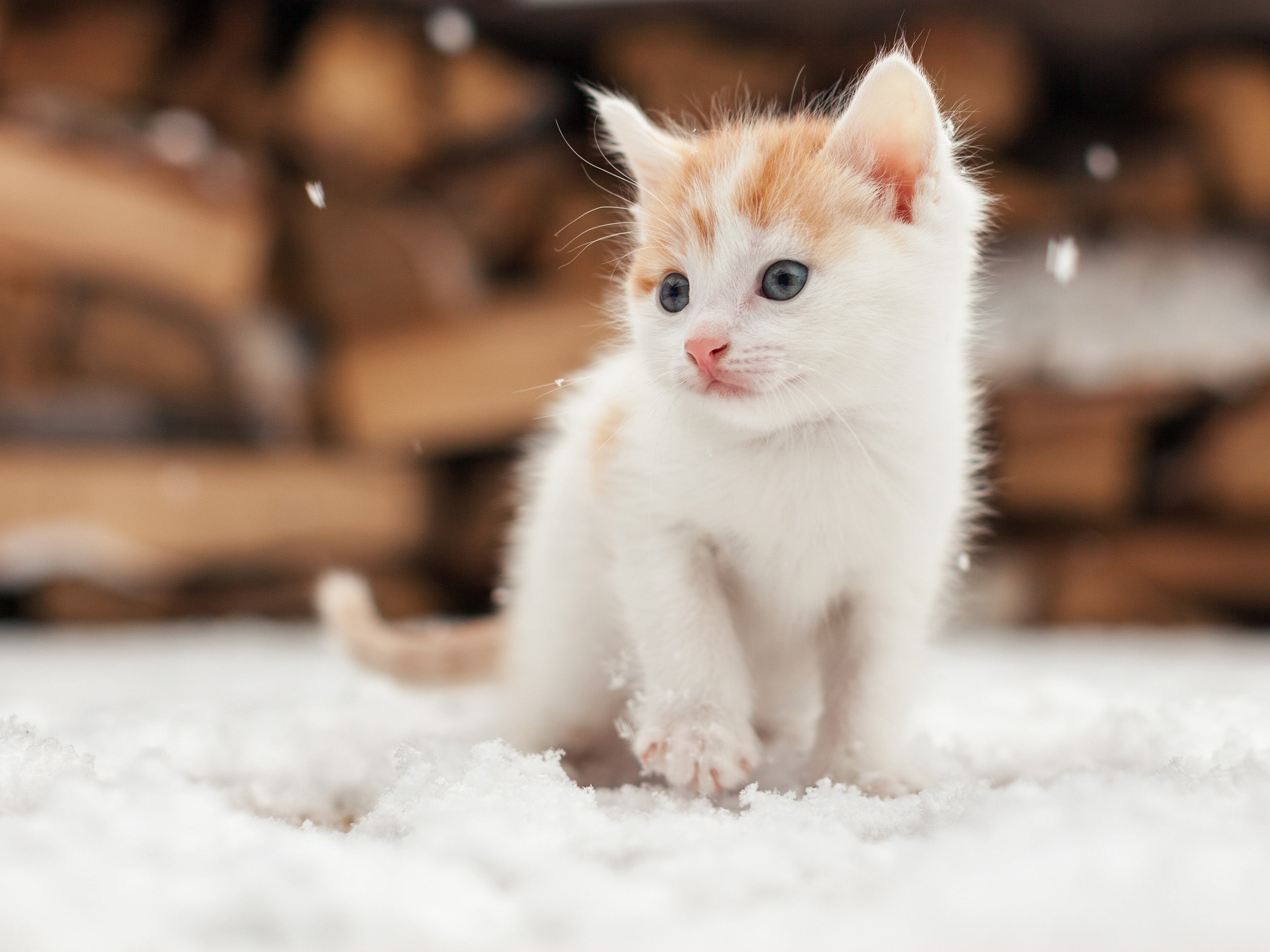
Food photography: techniques for appetizing images
Just like a delicious smell, good food photography can make our mouths water at the drop of a hat. At a time when visual communication via social media and other channels is more important than ever, conveying the essence and characteristics of their food through images is becoming increasingly important for all kinds of gastronomic businesses. Anyone who has ever tried to authentically capture a particularly spectacular dish in a restaurant or the greatest achievements of cooking experiments at home on film will have noticed how difficult it can be to capture them. Let's take a closer look here at some of the key factors when it comes to perspective, lighting and equipment.
Putting food photography in the right light
It can be considered a truism that you eat with your eyes and that the presentation of food is therefore extremely important. However, if you start to take a closer look at food photography, you will soon realize that it is not just a matter of an attractively presented dish. Rather, it is a combination of different factors such as light, perspective and background design that make up a successful image.
As with other products, it is extremely important when photographing food to present it in the right light. Natural light is generally considered to be the best light source for food photography, but other types of lighting that provide soft, diffused light are also suitable. With this type of light, the colors and textures of the food can be emphasized particularly well, but direct sunlight should be avoided at all costs, as it creates harsh shadows.
It's all a question of perspective
With small objects that are photographed at close range, such as a plate full of food, the choice of perspective plays a particularly important role. This can be used to emphasize a certain aspect of the food and, above all, to make the food appear more interesting and appealing by using an unusual perspective. The bird's eye view, also known as a top shot, is ideal for capturing everything accurately, especially if there are a large number of details that all need to be included in the picture. However, if a particular aspect of the food is to be emphasized, a top view may be the right choice. The so-called bottom view is a rather unusual perspective that makes what is depicted appear larger and can be surprising and therefore particularly fascinating.
When it comes to composition, the vast majority of food photographers rely on the tried-and-tested golden ratio, which can lend the image an inner harmony and coherence. To do this, you can mentally divide the picture into nine equal parts and then deliberately place the most important picture elements along the imagined lines or their intersections. For a more interesting picture, things that do not belong to the actual food, such as leaves, flowers or other natural elements, can also be used here.
To make the picture even more appealing and capture the viewer's attention, it can also be helpful to create different picture layers. This can be achieved, for example, by placing plates on top of each other or draping secondary foreground elements such as napkins or cutlery in front of the actual motif.
A lot of love for detail
If you want to create truly appetizing images, you should not ignore any aspect of the photo. One of the important small details in food photography is the background. These are usually chosen simply so that the viewer's attention is drawn solely to the center of the picture. Natural materials such as wood, slate or marble are often used as a background or base. In order to better highlight the colors of the food, the backgrounds in food photography are often dark.
If they want to add a little dynamism to a static subject such as food, many food photographers choose the moment of serving for their pictures. Cutting the food can also be an appealing and lively motif. For more dynamism in the picture, it can also be useful to show the food in the context of its creation and, for example, to photograph a chef decorating a plate or a baker shaping dough.
It can be a little exaggerated
In contrast to the actual presentation of a dish, it is okay to exaggerate a little when presenting it for a photo. This is the only way to really convey certain aspects, in particular the texture of the food. For example, sauces can drip and overflow, colorful sprinkles can be scattered in all directions or something can be captured in free fall. Rather than practicality, what matters in food photography is creativity in dealing with the image in order to capture the essence and that special something.
Every dish has its own story that can be told with the help of a good photo. For example, special ingredients can be highlighted by showing them in their unprocessed state next to the finished dish. Sometimes it can also be particularly exciting to show an important and aesthetically pleasing processing step instead of the finished product, as is often done with chocolate, for example.
Equipment for food photography
The basic equipment for food photography includes a good camera, a high-quality lens and a sturdy tripod. The small intricacies of food are best captured with a macro lens, which allows the photographer to get as close as possible to their subject in a unique way.
Particularly appealing images can be created with the help of reflectors, which make it possible to direct the light and brighten up shadows. Other helpful accessories for food photography include napkins, cutlery, plates and flowers, all of which help to make the photo more interesting and appealing.
For impressive food photography, not only creativity is crucial, but also the right equipment. In the Oberwerth Shop you will find high-quality, handmade camera bags and photo accessories to help you with your food photography. Our bags offer optimum protection for your camera and the associated equipment. Whether stylish backpacks or elegant camera bags, we have the right companions to transport your equipment safely and practically. Browse through our range and find the perfect bag for your next culinary photo session!
Conclusion
If you now want to try your hand at food photography and give free rein to your creativity, it's worth remembering the saying from your childhood "You don't play with food". In summary, it can be said that this is exactly what it takes to take appealing pictures of food: playfully exploring its shapes, textures and colors and depicting the very special, unique aspects of the respective food. Experimentation should be the order of the day here and with the right lighting, an appealing perspective and a little practice, your next pictures are sure to be a hit!

